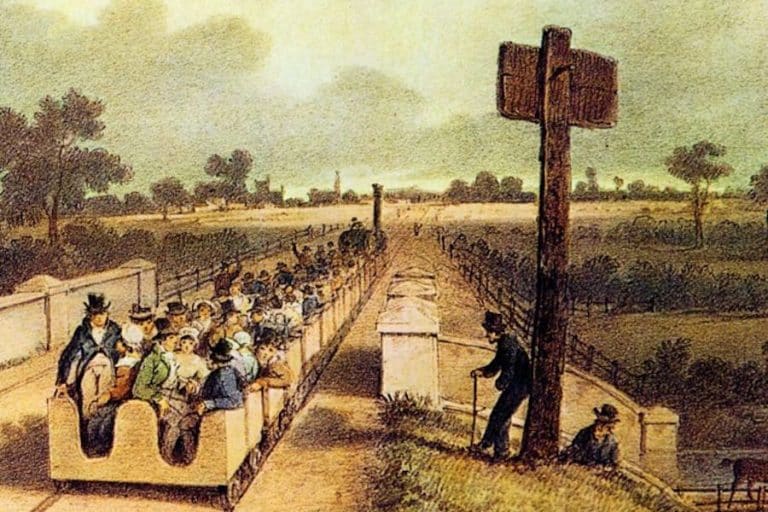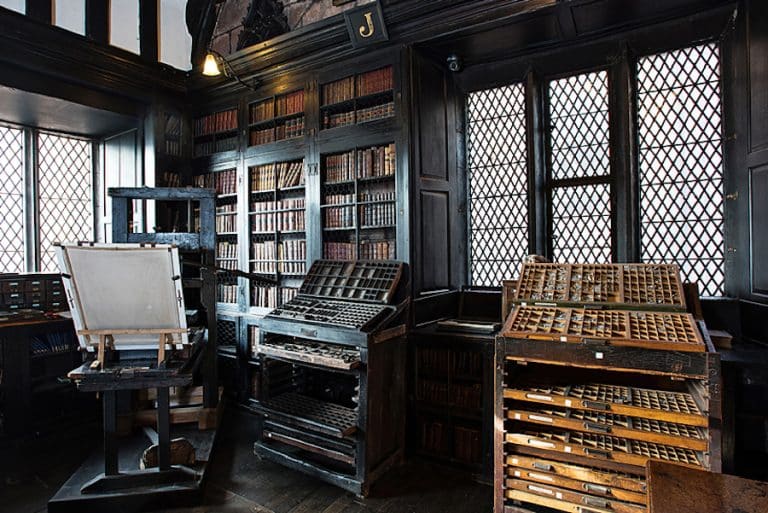Made in Manchester: the restaurants that feed the nation
- Written by Ray King
- Last updated 8 years ago
- City of Manchester

Manchester is known as the place where we dug canals, built railways, invented computers, made music that conquered the world, but it’s also the place whose inventiveness in the hospitality industry has created some of the most exciting and successful restaurant brands in the UK and beyond.
While big names from London – like Chez Gerard and Livebait – couldn’t cut the mustard here, culinary imagineers from in and around the city have been creating many of the nation’s favourites – hundreds of restaurants across the country – for almost 30 years.
The hall of fame includes Derek Lilley and his late wife Edwina, Jeremy Roberts and the late Tim Bacon, Neil Gatt and Carlo Distefano, coming to Manchester from as far afield as Australia and Sicily to change the way millions of us eat out.
Next year will mark 30 years since the opening of the first Est Est Est in 1988. It was the brainchild of Knutsford-based Edwina and Derek Lilley, a couple with the Midas touch when it came to catering for a whole new breed of diners. A hospitality revolution was in the offing.
Est Est Est proved a brilliantly successful concept and opened more than 20 branches all over the country. The Lilleys sold the group in 1993 to London-based City Centre Restaurants (later The Restaurant Group) and were soon launching their next triumphant ventures.

Still headquartered in Ridgefield, Individual Restaurants, sold to management in 2004 and since taken private, boasts eight variants of Restaurant Bar & Grill and 21 branches of Piccolino nationwide. It also has outlets of Bank in Birmingham and Westminster and Gino d’Acampo restaurants in Manchester, London and, coming soon, Leeds.
Meanwhile, Derek and Edwina Lilley – she died tragically young aged just 54 in 2012 – went on to found the trade magazine Restaurant and establish the global software firm Fourth Hospitality, whose system is used by more than 1,000 companies in 22 countries. It later sold for more than £50m.

As the Lilleys were selling Est Est Est, a young ex-soap actor and barman called Tim Bacon arrived from Australia and opened J W Johnsons on Deansgate. Six years later, in 1999, Tim and his business partner Jeremy Roberts set up Living Ventures and created the phenomenally popular Living Room, also on Deansgate.
In 2005 they acquired Est Est Est, ailing under its London owners, and two years later rebranded the group as Gusto, while that same year selling the Living Room – by then 13 venues – for £28m.
Tim died last year, aged only 52, after a long and brave battle with cancer, but the hospitality empire he created lives on under CEO Jeremy Roberts. The current brands are familiar in towns and cities all over Britain – Artisan, Australasia, Gusto, Grand Pacific, Oasthouse, Red Door, Blackhouse Grill, The Alchemist and the Botanist – as well as Aiden Byrne’s fine dining Manchester House.
It was also in 1993 that ex-Berni Inn manager Neil Gatt opened the first La Tasca restaurant on Deansgate, introducing Spanish tapas to a British audience who, though they holidayed in their millions on Spain’s Costas, never encountered authentic cocina. The concept expanded rapidly, first to a site in Didsbury and then beyond.
When he sold the chain in 2001, there were 15 restaurants, later becoming 55 at its peak, but only 12 remained as of last July.

Though the first San Carlo opened in Birmingham, the uber-popular Italian restaurant group is definitely made in Manchester. Carlo Distefano left Ragusa in Sicily aged 17 in 1962 to work in a barber’s shop in Leeds. Now, as chairman, he is at the helm of a business which employs almost 1,000 people in its 17 UK venues – there are more overseas – and last year turned over more than £46m.
He arrived in Manchester in 1970 and opened his first hair salon in St Ann’s Arcade, then ran Figaro’s in Kendals (now House of Fraser) department store on Deansgate. But despite his success, his passion was always for food.
He opened his first restaurant, Coco on Fountain Street, with three partners in the early 1980s. Then came Cocotoo in Whitworth Street complete with Michael Browne’s striking replica of Michelangelo’s Sistine Chapel ceiling.
But Carlo wanted to express his own ideas so he opened his first San Carlo in Birmingham in 1992. Openings in Bristol and Leicester followed. Then in 1994 came the real game changer – San Carlo on King Street West in a building that had been the graveyard of several national pizza chains.
By the time the huge 200-cover restaurant celebrated its 10th anniversary, 1.8 MILLION customers had dined there, including many celebrities.
The success not only shows no sign of abating but has spawned Cicchetti and Fumo which have also taken London by storm.
- This article was last updated 8 years ago.
- It was first published on 6 July 2017 and is subject to be updated from time to time. Please refresh or return to see the latest version.
Did we miss something? Let us know: [email protected]
Want to be the first to receive all the latest news stories, what’s on and events from the heart of Manchester? Sign up here.
Manchester is a successful city, but many people suffer. I Love Manchester helps raise awareness and funds to help improve the lives and prospects of people across Greater Manchester – and we can’t do it without your help. So please support us with what you can so we can continue to spread the love. Thank you in advance!
An email you’ll love. Subscribe to our newsletter to get the latest news stories delivered direct to your inbox.
Got a story worth sharing?
What’s the story? We are all ears when it comes to positive news and inspiring stories. You can send story ideas to [email protected]
While we can’t guarantee to publish everything, we will always consider any enquiry or idea that promotes:
- Independent new openings
- Human interest
- Not-for-profit organisations
- Community Interest Companies (CiCs) and projects
- Charities and charitable initiatives
- Affordability and offers saving people over 20%
For anything else, don’t hesitate to get in touch with us about advertorials (from £350+VAT) and advertising opportunities: [email protected]

Areas ‘astonishing’ transformation will include Manchester’s first Lido in decades



How shared ownership can get you on the property ladder in 2025

New exhibition unravells the truth about cotton and slavery in Manchester’s industrial rise















